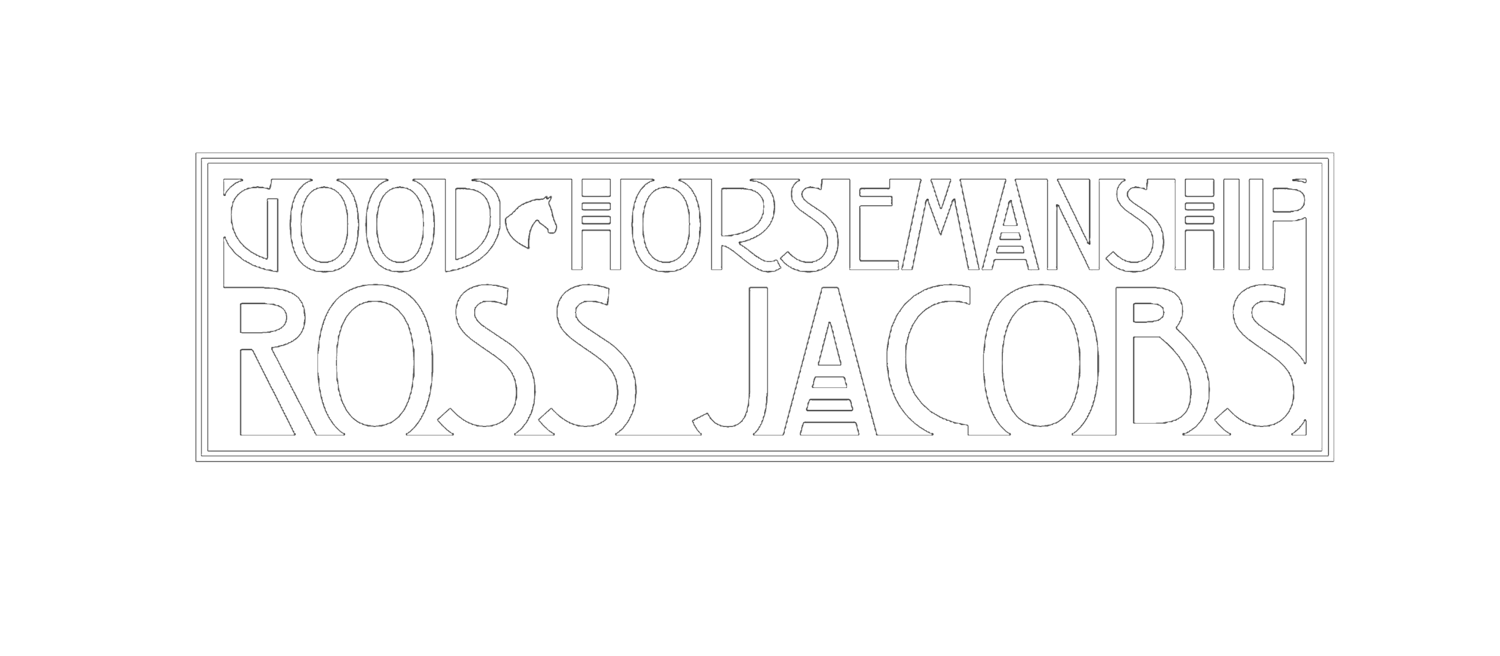I have a question about herd dominance. I have asked many people this question and have not received a clear explanation. So I am putting it out to you in the hope you can help me understand herd behaviour better.
We all know that in a herd of horses, there is an established hierarchy of dominance. Some horses are higher in the pecking order, and some are lower. It takes time, but in an established herd, there develops an order of dominance.
However, it is my experience that in a large-ish group of horses, the pecking order is often not linear. By that I mean horse A bosses horse B, and horse B bosses horse C. But horse C can boss horse A. In a linear hierarchy, you’d expect horse A to dominate both horse B and horse C. Yet sometimes horse C will be boss over horse A, but not B.
What is going on that the establishment of a pecking order is not always linear in a horse herd? How is it possible that A is in charge of B, B is in charge of C, but C is in charge of A?
I considered the possibility that it might be a function of how each horse values the resource they are protecting. For example, if horse A values the feed more than B, but not as much as horse C does that mean C can move A from the food? But the problem with that is that it does not explain why horse B can move horse C, because in this scenario, horse B has a greater desire for the food than horse C.
I have probably confused you all by now. But if you have any insights, I’d appreciate your input.
Top: LJ (brown TB) dominates Guy (grey Arab) by moving him away from the food.
Bottom: As LJ eats, the value of the food diminishes with each mouthful and eventually Guy is allowed to share the food.
Nevertheless, LJ maintains his dominance over Guy.

